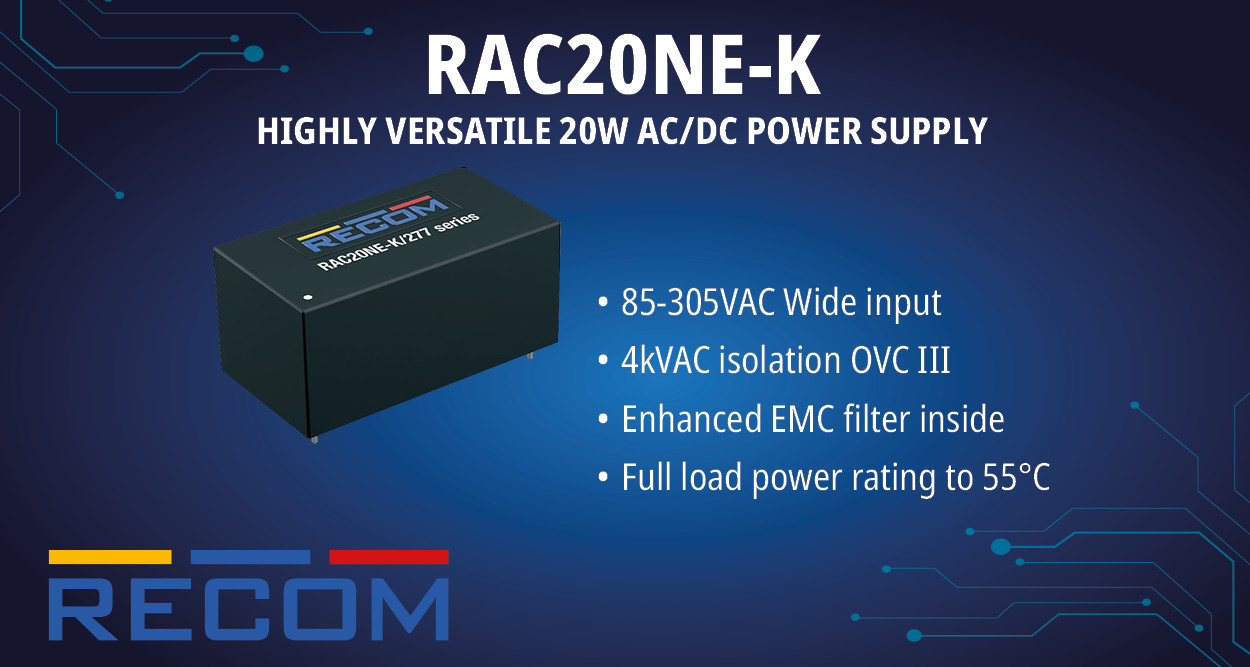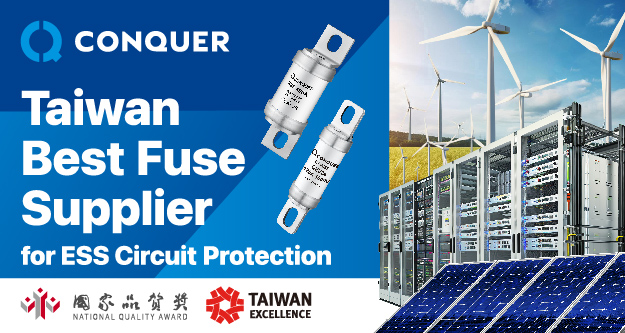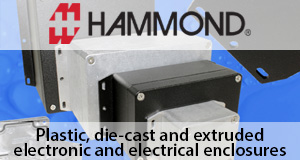Over the last few years, asset tracking has emerged as a critical business function, and is estimated to grow to a $34.5B market by 2032, according to Custom Market Insights. Whether businesses are monitoring a global supply chain or keeping tabs on expensive equipment, knowing where assets are at all times is essential. It enables businesses to optimize supply chains, prevent theft, and reduce operational downtime.
There are several technical and commercial challenges in deploying such a solution, which could result in failure to deliver the promised value. Some solutions struggle to maintain accurate tracking as assets move within or across different facilities, especially if they go through an indoor environment. Others suffer from excessive power consumption, which requires relatively high maintenance. And many are marketed as one-size-fits-all platforms, but they lack the robustness needed to handle complex, real-world scenarios.
This article will take a closer look at these challenges and explore the solutions that can help companies effectively scale their asset tracking capabilities.
The Business Impact of Asset Tracking
In today’s economy, the ability to know where your high-value assets are at any given time has become a competitive advantage. From manufacturing plants to logistics providers, companies are under pressure to run lean, efficient operations while meeting rising customer expectations for transparency and speed. Asset tracking makes that possible.
Businesses with effective tracking solutions benefit from:
● Reduced loss and theft: Real-time visibility significantly cuts asset misplacement and shrinkage.
● Faster operations: When assets are easy to locate, workflows accelerate, reducing downtime and increasing throughput.
● Better decisions: Location and usage data feed into analytics and forecasting models, improving planning across supply chain and operations teams.
These aren’t just operational wins—they translate into better margins, improved customer service, and reduced risk.
When Tracking Breaks Down – The Challenge of Asset Tracking
Despite the promise, many tracking deployments fall short. The problems are often not technical—they’re business issues in disguise.
Connectivity Black Holes
Whether it’s a factory floor, a warehouse basement, or a shipping container, assets often move in and out of areas where connectivity and coverage are spotty. If your tracking solution goes dark during those transitions, you’re not tracking—you’re guessing.
Battery Drain
When trackers go offline due to dead batteries, the system fails. And if you’re scaling to hundreds or thousands of assets, manual battery maintenance becomes a non-starter. Solutions that require frequent charging or swapping become too expensive and labor-intensive to manage.
Scalability Bottlenecks
Some systems work great in a pilot program with 10 devices, but collapse when rolled out across an enterprise. Deploying a solution for tens or even hundreds of devices is fundamentally different than deploying 100 thousand devices. Common issues include:
● Difficulty managing large fleets of devices.
● Lack of integration with existing operational systems.
● Limited configurability for different asset types or environments.
These issues don’t just frustrate IT teams—they block the very outcomes tracking is supposed to deliver.
Look for a Solution that Ties Technology to Outcomes
Choosing the right asset tracking solution means looking beyond buzzwords and focusing on what will be the best fit for your business, to gain the most value from the solution.
Connectivity – LTE-M and NB-IoT for Reliable, Wide-Area Coverage
Asset trackers often fail where coverage gets tricky—in urban canyons, or on the move across facilities. That’s where traditional or legacy cellular falls short.
Enter LTE-M, a low-power wide-area (LPWA) technology built for IoT. It offers better RF sensitivity, and stronger, more stable connections than older networks like Cat-1bis. That means fewer dropped signals and more consistent location data—even in RF-challenged environments.
Unlike LoRa, which depends on private networks, LTE-M works over public cellular infrastructure and supports seamless mobility and roaming. It’s a smarter choice for enterprises that need real-time visibility across complex operations without the hassle of managing private towers or gateways.
Better coverage and fewer outages translate into on-time deliveries, fewer delays, and more accurate data—no matter where your assets go.
Battery lifetime: Low Power Modes = Longer Device Life
Battery issues are one of the biggest reasons asset tracking systems may not deliver on their promise at scale. Frequent recharging adds labor costs, creates downtime, and disrupts operations—especially for companies managing thousands of devices.
Modern trackers solve this with sleep modes and event-based transmissions that reduce power use when assets are idle. Paired with LTE-M connectivity, which offers better signal strength and lower energy demands, tailored to IoT use cases, such as PSM and eDRX, compared to older options like Cat-1bis, these systems can deliver battery life of 3–5 years or more.
Some devices even use solar panels to stay powered in outdoor settings. Fewer dead batteries means fewer service calls, less downtime, and lower operating costs—making it much easier to scale tracking without scaling complexity.
Mass Deployment – Solving Scalability Bottlenecks
Scalable asset tracking starts with a foundation that can grow. Solutions built on cloud-native platforms with global cellular support eliminate the need for region-specific hardware and make it easier to manage large, distributed fleets.
Integrating with existing operational systems is just as critical. Trackers with open APIs and modular firmware enable seamless communication with logistics platforms, ERP systems, and analytics tools—reducing friction and IT overhead.
Configurability is what ties it all together. A flexible tracking platform allows businesses to tailor update intervals, sensor integrations, and power profiles to fit the unique needs of each asset type, from high-value equipment to stationary inventory.
With the right architecture, scaling isn’t a risk—it’s a feature. By investing in modular hardware, robust connectivity, and adaptable software, businesses can confidently roll out asset tracking across thousands of devices without compromising performance or control.
Think Long-Term, Act Smart
Asset tracking isn’t a plug-and-play solution—it’s a strategic investment. When done right, it delivers real business outcomes: cost savings, operational agility, and better service delivery. The key is finding technology that works not just in the lab, but in the real world—at scale, with minimal maintenance, and in the environments your assets actually move through.
So, when evaluating tracking platforms, don’t ask: Does this device have a cool feature? Ask: Will this system still be working for us when we have 50,000 devices in the field and we are able to meet the required service level we commit to?

About Ohad Peled
Ohad Peled serves as Product Marketing Manager at Sony Semiconductor Israel, where he leads strategic initiatives to advance cellular IoT adoption worldwide. He specializes in simplifying wireless connectivity across LTE-M, NB-IoT, and 5G technologies. Ohad brings deep cross-functional expertise to drive market alignment and customer success in the evolving IoT ecosystem.

















